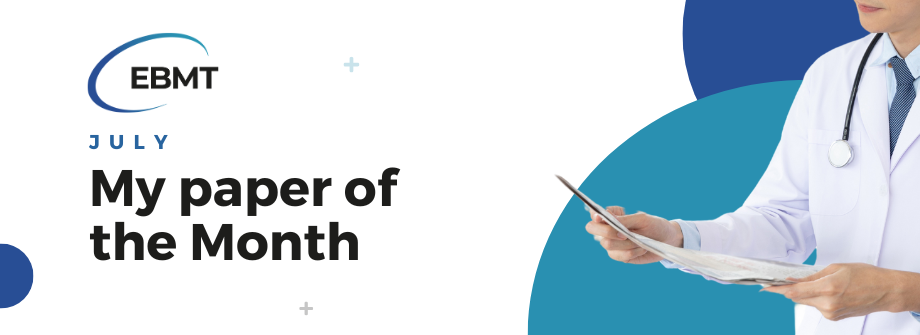
Comment on "Infection after CD19 chimeric antigen receptor T cell therapy for large B cell lymphoma: Real-world analysis from CIBMTR”
Blood Adv. 2025 May 28
Kitsada Wudhikarn et al.
Comment by Elisa L. Lindfors Rossi*
*Affiliations:
• Biomolecular and Cellular Medicine, Department of Laboratory Medicine, Karolinska Institutet, Stockholm, Sweden.
• Department of Biomedicine and Prevention, Università degli studi di Roma Tor Vergata, Rome, Italy.
CAR T cell therapy is largely used in the treatment of lymphoproliferative disorders revolutionizing outcome in this field and for patients with r/r LBCL. However, as the use of CAR T cell therapy is increasing through time we also are learning more about short- and long-term side effects. Recent findings have recognized infection complications to be the most commonly occurring complication in patients undergoing CAR T cell treatment and it is often associated to immune effector cell associated hematotoxicity (ICAHT).
In this paper Wudhikarn K. et al. perform a retrospective analysis on a large cohort affected by r/r LBCL undergoing CAR T cell treatment between December 2017 and June 2022. The authors analyzed data from 3350 patients undergoing treatment with Axi-cel (83.7%) or Tisa-cel(16.3%). Day 100 infection rate was 24.9% and cumulative incidence (CI) of infection was 22.4%. Bacterial infections occurred in 15.7% of patients with a CI of 13.8% and were mainly caused by Staphilococcus ssp., Entorobacteriacae and Clostridioides ssp. Viral infections were observed in 11.2% of patients. Interestingly, SARS-CoV2 infection was observed in 16% of patients. CMV infections only represented 3.5% of cases and this might be because of inconsistent CMV monitoring. Fungal infections, were observed in 3.2% of patients. Day +100 IRM was 1.6%. The authors report a gradual decline in infection incidence after day + 30 with a switch of predominance of viral infections rather than bacterial. The independent factors contributing to incidence of infections were CRS and ICANS as well as neutropenia, history of infection prior to CAR T cell treatment, higher age and lower KPS.
The authors speculate that the relationship between CRS and ICANS and infections might take root in higher corticosteroid exposure of these patients as well as a higher rate of cytopenia. However, as recognized by the authors themselves, they do not analyze the relationship with ICAHT nor do they provide CAR-HEMATOTOX scoring which might recognize early patients at risk for developing infection complications. The study also
reports a lower incidence of infection than that reported elsewhere in the literature, but this might be due to underreporting and a non-harmonized infection definition. In addition, a deeper analysis of the involved pathogens (i.e. multidrug resistant bacteria) and patient stratification could be interesting.
Guidelines on infection monitoring have been published by the EBMT, however one must take into account the different prevalence of multidrug resistant infections in the different areas. Important tools such as CAR-HEMATOTOX score and Hematopoietic Cell Transplantation Comorbidity Index (HCT-CI) might help physicians to recognize patients at higher risk of infection complications. As the use of CAR T cell treatment is increasing, we are obliged to recognize patients at higher risk for both early and late complications such as infection complications as these have an important impact on the survival of the patient.